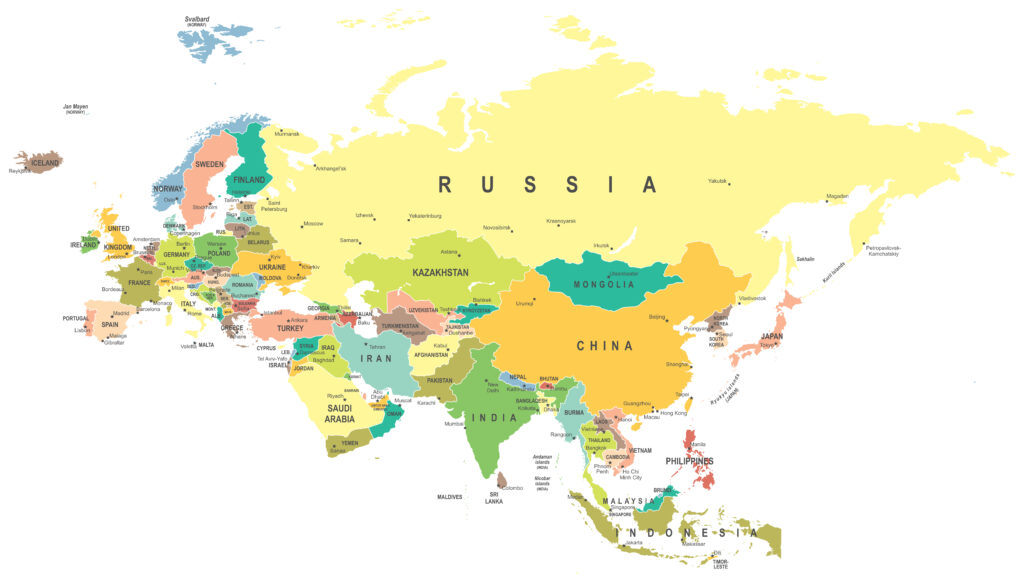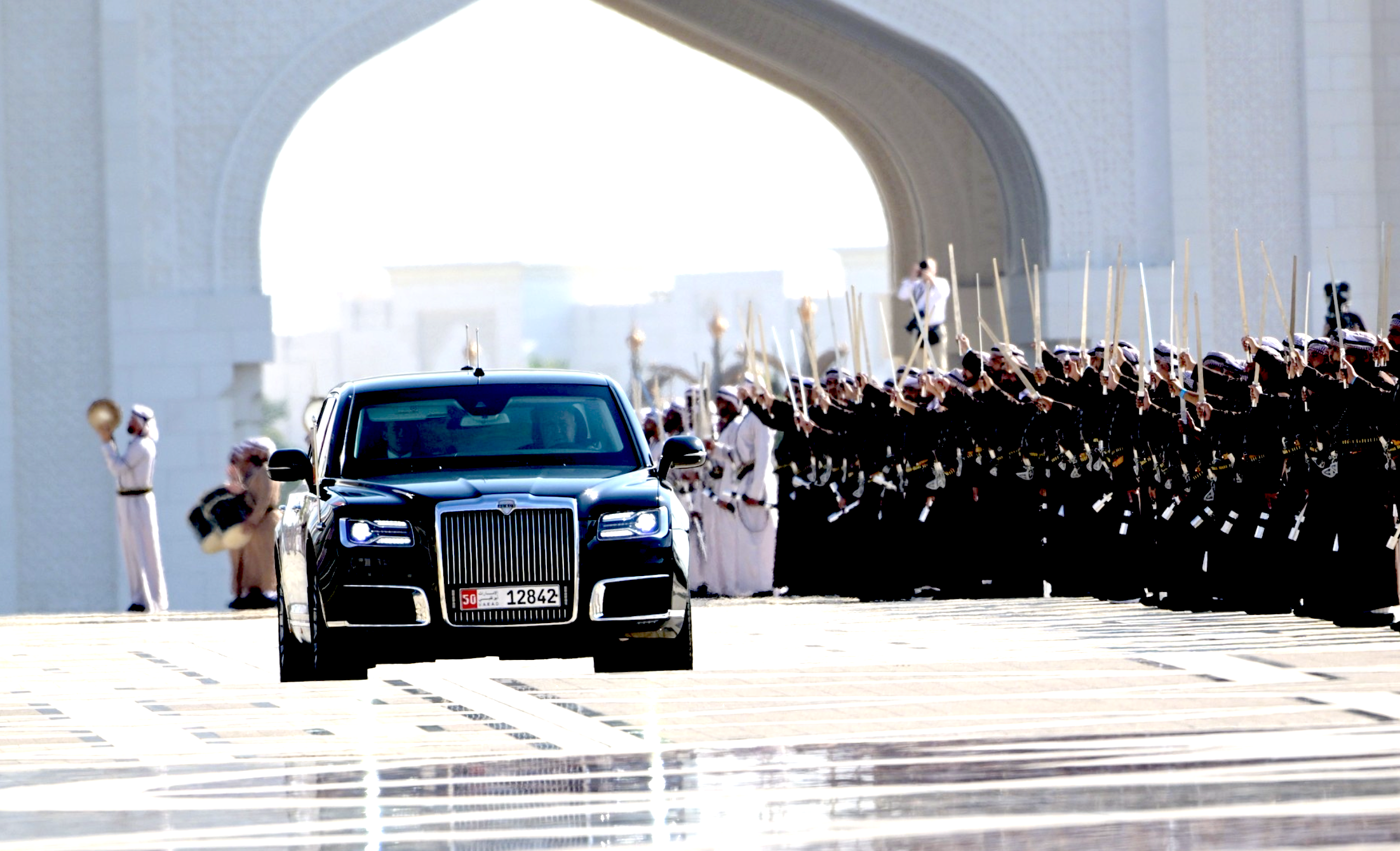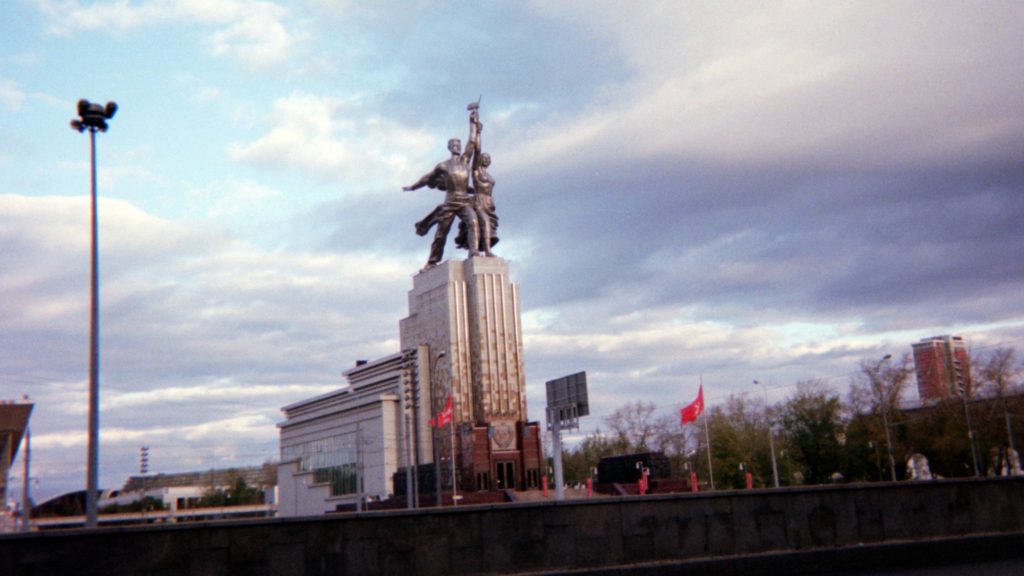By Prof. Geoffrey Roberts, Brave New Europe, 1/18/24
As the world is facing up to Ukrainian defeat, what are the most important propaganda points that continue to enable a doomed war?
Geoffrey Roberts is Emeritus Professor of History at University College Cork and a member of the Royal Irish Academy
Cross-posted from Geoffrey’s Website
- Putin as Hitler. The über alles of these mis-analogies is the one with the least foundation. Putin is not a maniacal, genocidal, war-mongering dictator. He is not a racist or a militarist bent on European or world domination. Nor does he have a messianic ideology driving him to re-make the world in Russia’s image. Putin’s geopolitical ambitions are remarkably conservative: security and respect for Russia and its civilisation, a peaceful and prosperous, multipolar world of sovereign states in which there is a balance of interests mediated and harmonised by multilateral institutions such as the United Nations. Such aspirations seem radical only in the context of crumbling Western global hegemony.
- Putin as Stalin. Putin is a true son of the post-Stalin Soviet system, but he hasn’tbeen a communist since the late 1980s. As he said not long after he first became President of the Russian Federation, anyone who doesn’t regret the destruction of the Soviet Union has no heart; anyone who wants to see it re-created has no brain. A pro-Western liberal in the 1990s, nowadays his ideology is Christian and capitalistic, not Marxist or socialist. He wields enormous power in Russian politics but does not preside over a totalitarian party dictatorship like Stalin did. The soft authoritarianism of the Russian Federation bears no resemblance to the mass repressions of the Stalin era and not a lot to the much less violent and repressive one-party state of Stalin’s communist successors. Patriotism, multinationalism, internationalism and a love of history are what Putin has in common with Stalin, not dictatorship.
- Appeasement and the Munich Syndrome. This most damaging of historical mis-analogies has popularised the idea that the Munich agreement betrayal of Czechoslovakia in September 1938 shows you can’t appease aggressors. Actually, the problem wasn’t appeasement per se, it was the fact that Hitler was bent on world war and didn’t want to be appeased. Stalin was the leader the British and French should have sought to appease, but they eschewed a collective security alliance with the USSR in favour of deals with Nazi Germany. Before invading Ukraine, Putin was desperate to be appeased by the West. That’s why he proposed a comprehensive European security deal between Russia and the West. A few weeks into the war he sought a compromise peace that would have left Russia with a neutral and disarmed Ukraine on its doorstep but gained relatively little additional territory. Moscow remains open to such a negotiation, though the price of peace will be a lot higher than it was two years ago. The sooner Putin is appeased, the quicker the war will end and save Ukraine from further unnecessary suffering.
- The Prague analogy. An extension of the Munich analogy which claims Hitler’s occupation of Prague in March 1939 shows that if you concede Putin a territorial inch he will take a proverbial yard. However, Poland was Hitler’s target in 1939, not Czechoslovakia. German troops entered the country, supposedly to impose order, because of an internal crisis that split Slovakia and the Czech lands following the loss of German-populated Sudetenland at Munich. Ukraine may well suffer a deep domestic crisis following military defeat by Russia, but the more likely ‘restorers of order’ in Lviv and Kiev are Polish and Romanian troops. Completely reliant on foreign aid, battered Ukraine is half-way to becoming a Western protectorate not a Russian one.
- Finland and the Winter War. Not the worst analogy but more complicated than its proponents may think. Yes, the Finns did sensibly sign a peace treaty with the USSR in March 1940 to save the country’s independence and sovereignty, but they had previously spurned a similar Soviet offer that would have seen them gain as well as lose territory in the borderland region of Karelia. It was not plucky Finnish defence that stopped the Soviet onslaught but Stalin’s fear that an Anglo-French military intervention would turn the country into a battleground of the wider European war – a fate the Finns did not relish either. Finland could have sat out the rest of the Second World War as a neutral but, disastrously, chose to ally itself with Nazi Germany in the so-called ‘continuation war’. Finnish leaders redeemed themselves by turning their armed forces against the Germans in 1944 and then refused Western meddling in their affairs with the Soviets – a stance that persuaded Stalin to allow Finland to become a semi-detached member of the Soviet bloc. ‘Finlandisation’ – domestic autonomy in exchange for restricted external sovereignty – was a far better model for independent Ukraine than the internally divisive path that has led to its partition.
- Genocide and the Holocaust. Both sides have bandied the g-word but the atrocities committed during the Russo-Ukrainian war bear no comparison whatsoever with the Nazi mass murder of millions of Jew during World War II. In fact, this war has been notably free of large-scale, systematic atrocities against civilians. The vast majority of the war’s casualties have been combatants. That doesn’t negate the immense suffering of millions of Ukrainian civilians, but as Gaza, Iraq, Syria, Libya and Afghanistan show us, it could have been a lot worse. The g-word propaganda battle also serves to obfuscate two essential facts about the actual Holocaust: it began with the SS’s execution of a million Soviet Jews in 1941-1942 and ended with the Red Army’s liberation of Nazi death-camps in 1944-1945.
- Containment and the Cold War. Staring defeat in the face, Western hardliners are increasingly agitating for a long-term strategy to contain Russia that will involve extensive militarisation of their own societies, including, perhaps, the re-introduction of conscription. This re-vamped cold war strategy bears little relation to the views of the containment concept’s originator, George F. Kennan, who saw the policy as primarily a political device: the US would win the cold war not by confrontation and military competition with the USSR but by the demonstrated superiority of its domestic system. Kennan, who vociferously opposed NATO’s post-Soviet expansion eastwards, was fond of quoting President John Quincy Adams’s aphorism that “America should not go abroad in search of monsters to destroy”.
- The Domino Theory. President Eisenhower’s eponymous theory was devised, in part, to entice British involvement in France’s losing colonial war in 1950s Indochina. But Winston Churchill didn’t buy the idea that a Red victory there would be followed by the fall of the rest of South-East Asia to the communists, and neither did his Tory and Labour successors as PM when the domino concept was revived in the 1960s to justify massive US intervention in the Vietnam War. Its current incarnation is that if Putin wins in Ukraine, the Baltic States will be his next target. There is no evidence that Putin has any such intentions. No doubt Russia could occupy the Baltics if it chose to do so, but not without running the risk of a nuclear war with NATO. Putin’s invasion of Ukraine was risky and adventuristic but his restrained conduct of the war has shown that he is far from reckless – unlike some of his Western counterparts, who have sought every opportunity to escalate the conflict.
- The Korean Stalemate Scenario. The Korean War bogged down quite quickly after a few dramatic months of invasion and counter-invasion in the summer and autumn of 1950 but an armistice was not signed until July 1953. Some Western hardliners yearn for a repeat of that scenario, hoping that hostilities will resume once Ukraine has recovered its strength and NATO countries have ramped up their armaments industries. But the Ukraine war is not a stalemate – it is a war of attrition that Russia is slowly but surely winning. Putin will never agree to a ceasefire that does not ensure Russia’s security and safeguard the situation of its Ukrainian supporters. The longer the war goes on, the more likely becomes a dictated peace on the back of a Russian victory.
- Proxy Wars Past & Present. Conflicts labelled proxy wars come in all different shapes, sizes and guises. The Russo-Ukrainian war has some similarities with the Spanish Civil War, the Korea and Vietnam wars, and the Soviet war in Afghanistan, but its scale, scope, intensity and dangerousness are unprecedented. It is simultaneously a civil war between Ukrainian nationalists and Russia-leaning Ukrainians; an inter-state war between Ukraine and the Russian Federation; and a Western-waged proxy war on Russia. Without Western military, economic and political support, Ukraine would have lost the war long ago. It is the West’s over-arching anti-Russia and anti-Putin goals that have prolonged the war and could yet transform it into a truly existential conflict.




